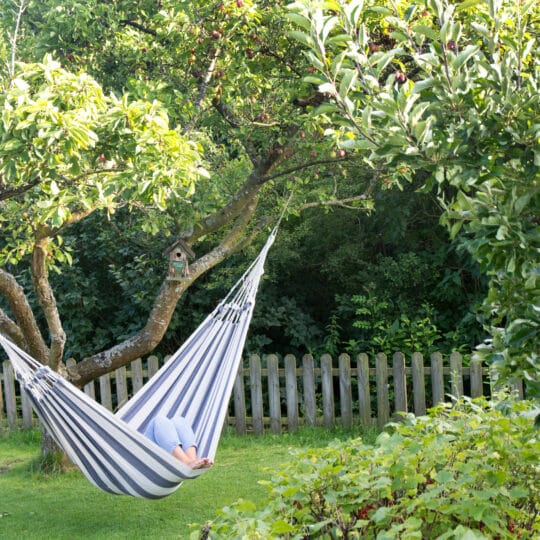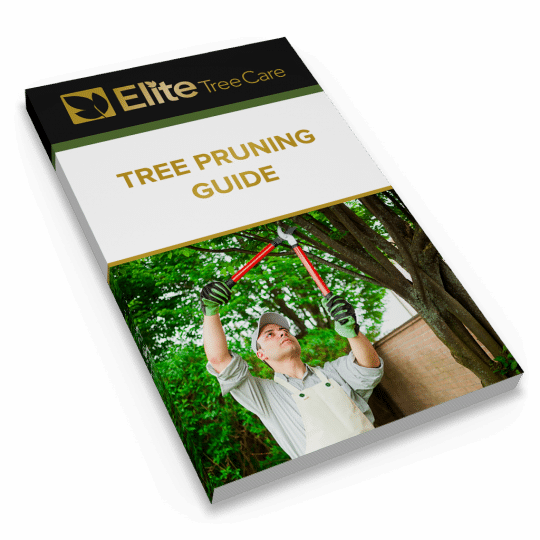Summer Tree Pruning Tips
Finding the Right Purpose & Tool for the Job
Posted
June 13, 2024

Summer is a wonderful time to get outside and enjoy your yard. During these warm, lazy days, you may be extra grateful for the shade provided by a nearby tree. You can show this tree just how grateful you are by properly maintaining it with these summer tree pruning tips.
The Purpose of Tree Pruning
While pruning your trees is best left for when it’s dormant in the winter, you can still help promote healthy growth, enhance appearance, and prevent potential hazards by pruning it in the summer. Here’s why:
- Remove dead, diseased, or damaged branches to prevent decay and spread of disease.
- Eliminate weak or overhanging branches that could pose a danger to people or property.
- Enhance its natural beauty by getting rid of dead and discolored branches and leaves.
Also, once the tree has a full canopy of leaves, you can better detect which branches are still bare and need to be removed. The earlier in the season you can do this, the better.
Pick the Right Pruning Tool
Just as an artist needs the right brush and the baker needs the right ingredients, you need the right tool to properly prune your trees. It can make the difference between a safe and effective pruning session or ragged cuts that wound the tree. Here are some pruning essentials.
- Small shears are ideal for smaller branches and twigs.
- Longer loppers are useful for thicker branches up to two inches in diameter.
- Use a pruning saw for cutting larger branches.
- A pole pruner is helpful for reaching higher branches without a ladder. Once you need a ladder, you really need to hire a pruning pro.
Even with the right tools, make sure the blades are sharp enough to cleanly cut the branch. Making a ragged cut that tears the bark does not only look bad, but it can’t heal as nicely which leaves the tree open to disease. You also want to protect yourself with gloves, glasses, and a hard hat if branches will be falling from above.
Summer Tree Pruning Tips
Before you start cutting, familiarize yourself with the correct techniques to help ensure the cuts heal properly and your trees continue to thrive:
- Make cuts at a 45-degree angle just above a bud or branch node to promote healthy growth. Cutting at an angle will help water run off the wound, making it less susceptible to decay.
- Remove smaller branches from the crown to improve air circulation and reduce the risk of disease.
- For larger limbs, make an initial cut a few inches away from the trunk, then a final cut close to the branch collar to prevent tearing.
- Remember that different tree species have varying pruning needs. Prune flowering trees after the blooms have died so you don’t remove new buds. Prune fruit trees this time of year to help control the size and quality of the harvest.
After you’ve pruned, trees need extra care to make a speedy recovery. Make sure they get adequate water and apply fresh mulch to retain that moisture and regulate temperature. As always, keep an eye on your trees for signs of stress or disease before, during, and after you prune. For more tree care tips and guidance on how to keep them at their best, contact the experts at Elite Tree Care today.

Download Your FREE Tree Pruning Guide
Learn how, when, and how much to trim or prune your trees to maximize their health and beauty. This guide covers the factors that go into tree trimming (pruning) and will help you make a more informed decision about hiring a professional tree service.